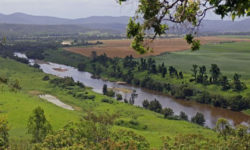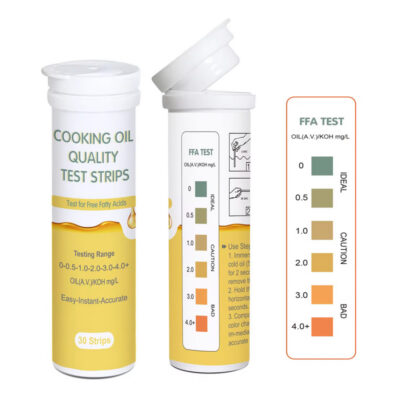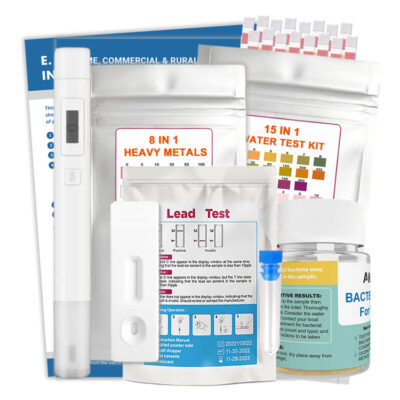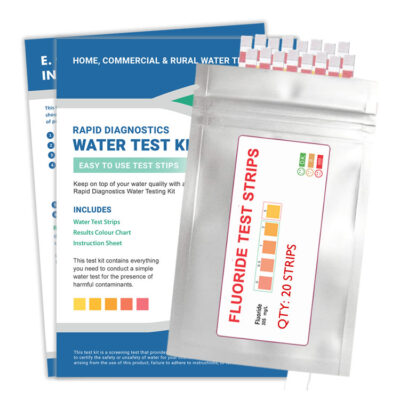Is our Australian Drinking Water Safe to Drink? Fresh water is something that no Australian can afford to ignore. We live in a large arid island and the water sources that we have available need to be shared by everyone. Even between droughts when water is plentiful, a tug of war takes place between environmentalists, industrial and agricultural interests, and the general public who want assurance that they will have sufficient amounts clean, safe water for their drinking needs.
National Land and Water Resources Audit
In late 2000 the Australian government undertook the first National Land and Water Resources Audit and came to a conclusion that should be of interest to anyone concerned with the quality of their drinking water. Among the key findings of the study were those concerned with water quality. The study covered four aspects of water quality:
- Nitrogen levels
- Phosphorous levels
- Salinity
- Turbidity
Over half of all surface water basins studied had “major water quality issues” while a significant portion of other basins had “significant water quality issues.” Those areas that exceeded the nutrient guidelines were largely clustered throughout the most populated areas of the eastern states.
Groundwater (underground water supplies) fared better, with 72% of Australia’s supplies deemed “suitable for drinking,” but that still means that 28% was deemed not suitable for drinking purposes. Although the study did not offer combined statistics, it did indicate that surface water was used extensively in both urban and rural areas, which suggests that our combined water resources are far less than 72% safe. Of course, our urban water supplies are treated, but are they treated well enough to be considered safe?
Is Australian Tap Water Safe to Drink?
Until the late 1990s, Australians took pride in their safe drinking water. Then, in 1998, just when Sydney was preparing to host the 2000 Olympics, Sydney Water was forced to send out an alert warning that water from its largest treatment plant contained dangerous parasites and was unsafe to drink. Although the problem was eventually addressed, the source of the contamination was never pinpointed and the incident marked the beginning of the end of the public’s trust in the safety of tap water for drinking.
After that dangerous and embarrassing incident, sales of bottled water began to soar and many Australians swore off tap water. Over a decade has passed since then, though, and now an argument rages between those who think bottled water is an expensive rip-off and those who don’t believe enough is done to safeguard our tap water. Two of the gravest concerns about tap water centre around heavy metals and the chlorine that is used to disinfect the water:
Heavy metals are known to cause a number of neurological and physical diseases. High levels of chlorine are linked to a number of health issues, including miscarriages and birth defects.
While some argue that these substances are kept to safe levels in our tap water, almost no one disagrees that they negatively contribute to the taste of tap water.
Of more concern to all health conscious Australians should be the fact that our tap water is only monitored for 70 chemicals, whilst there are over 300 known chemicals that should be of concern.
These include ingredients in pharmaceutical medicines and pesticides that find their way into our water supply. Then there are the contaminants that find their way into your water after it has been treated. Some of these include lead, copper and plastic residues, all of which can accumulate in the body and cause a host of serious health problems.
The answer to the question, “Is Australian Water Safe to Drink?” is not an easy one to definitively answer, but an objective look at the evidence suggests that it definitely cannot be trusted. The only safe solution is to treat your water as you use it. Most branded home and office water coolers use water filtration technologies that remove dangerous chemicals (including chlorine found in all tap water) and kill micro-organisms at the point of delivery, where it is needed the most. Far safer than tap water, filtered water coolers are also more cost-effective and environmentally friendly than bottled water.
Water Testing Kits
In conclusion, most of the Australian drinking water is safe to drink though it's always best to check your drinking water for any harmful contaminants. For more information on how to test your drinking water view our product range. The 14 in 1 Water Test Kit provides you with an indication of your drinking water quality.









